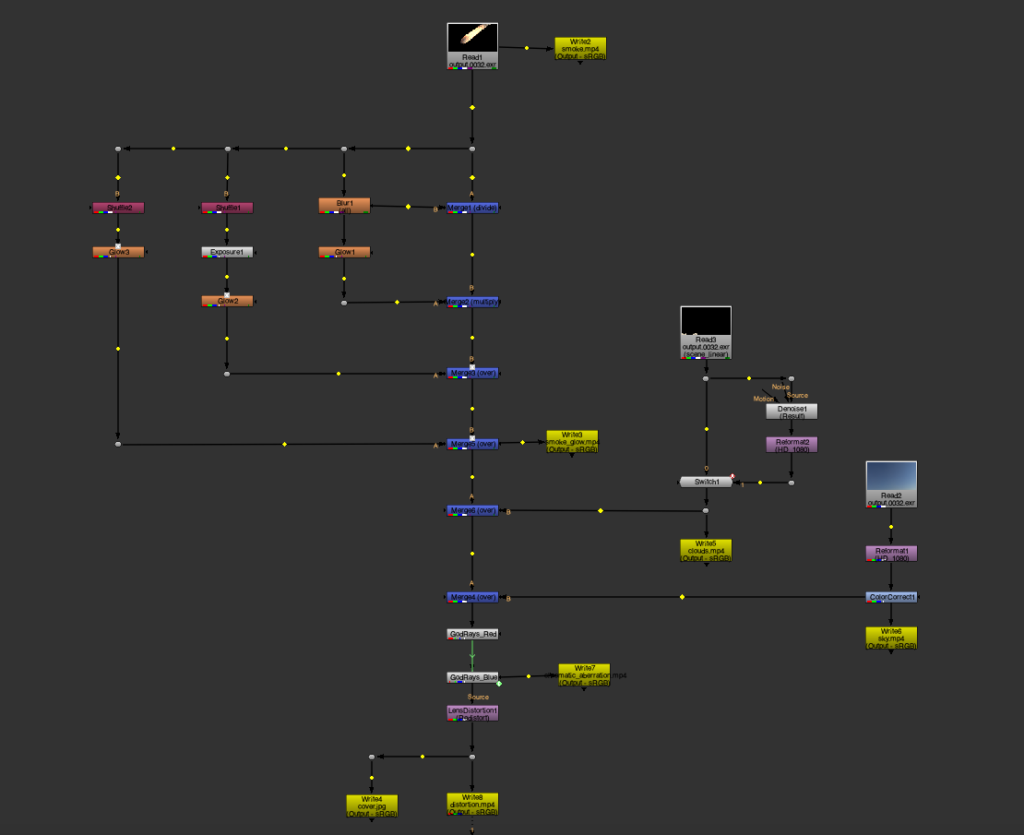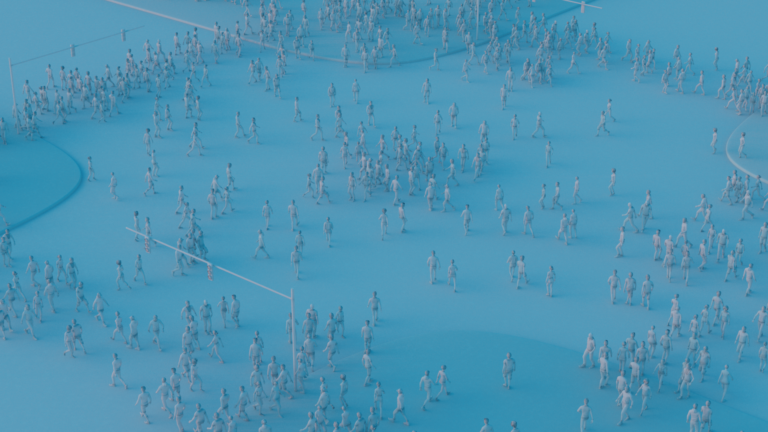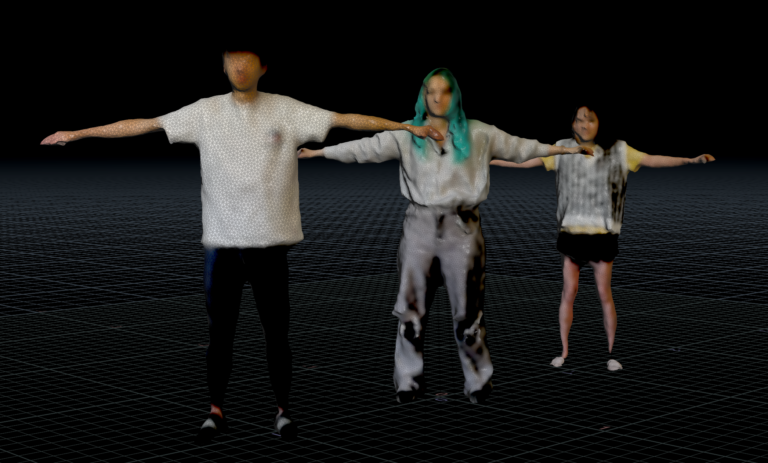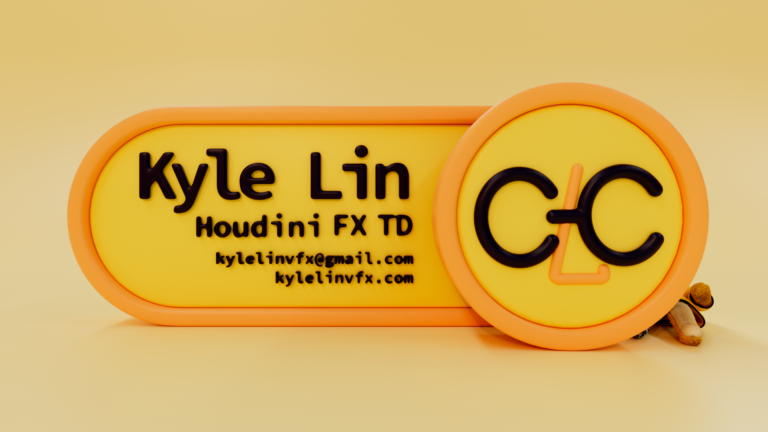For this project, I wanted to create a pyro simulation that I have not done before, and then I found this tutorial of meteor by Rebelway that looks very cool. I followed it for the most part of creating the simulation, but I added some adjustments and tweaks to make it looks better and work for me. For example, I make the meteor break apart into pieces instead of starting with multiple meteors.
There are several challenges that I had faced during the making of this project. The first issue I faced was getting more detail at the trail of the smoke as it cools down. I found out that my voxel size was not small enough to capture the details and the disturbance was also not strong enough as well. Below is the render of the previous version.
However, it also introduce other issues which is the cache size and simulation time after I reduce the voxel size. The simulation increased dramatically and it is more than 8 hours currently and the cache is about 265 GB which makes it harder to render on the render farm. Another issue is that it always ran out of RAM even on the NVIDIA 3090s when I try to render, so I have to switch back to Mantra. The plus side about this is that I learned how shading pyro sims works in both Mantra and Redshift now because of this situation.
Special thanks to my friend Kristof Monori helping me with adding glows and compositing different image planes together since I have to separate the meteors smoke and clouds in order to render on the render farm.
Here are my node graph:

Basically, I shuffle out the emission AOV pass and use the glow node to add different amount of glows, and adjust the area that is glowing by using the exposure node. I also added some chromatic aberration by using two godrays nodes and each controls the red and blue channel. I learned this trick from this tutorial.
Also special thanks to Professor Deborah Fowler, Professor Joe Pasquale, and Nick Neff and all the people who gave me feedback on the project.




